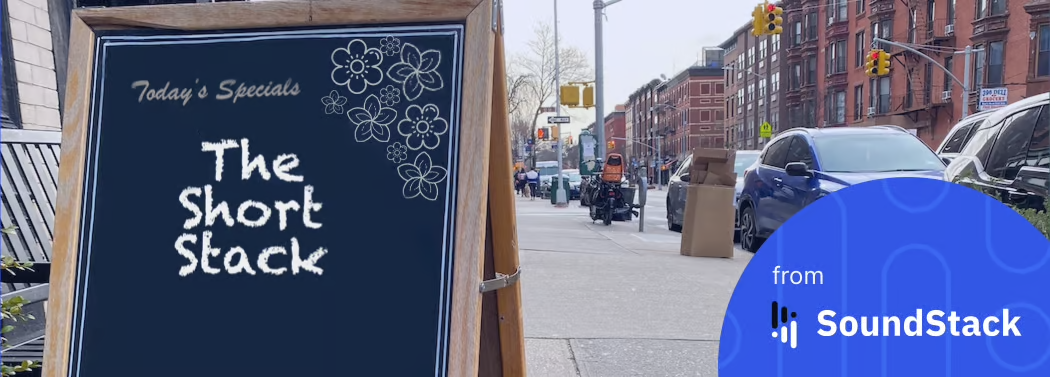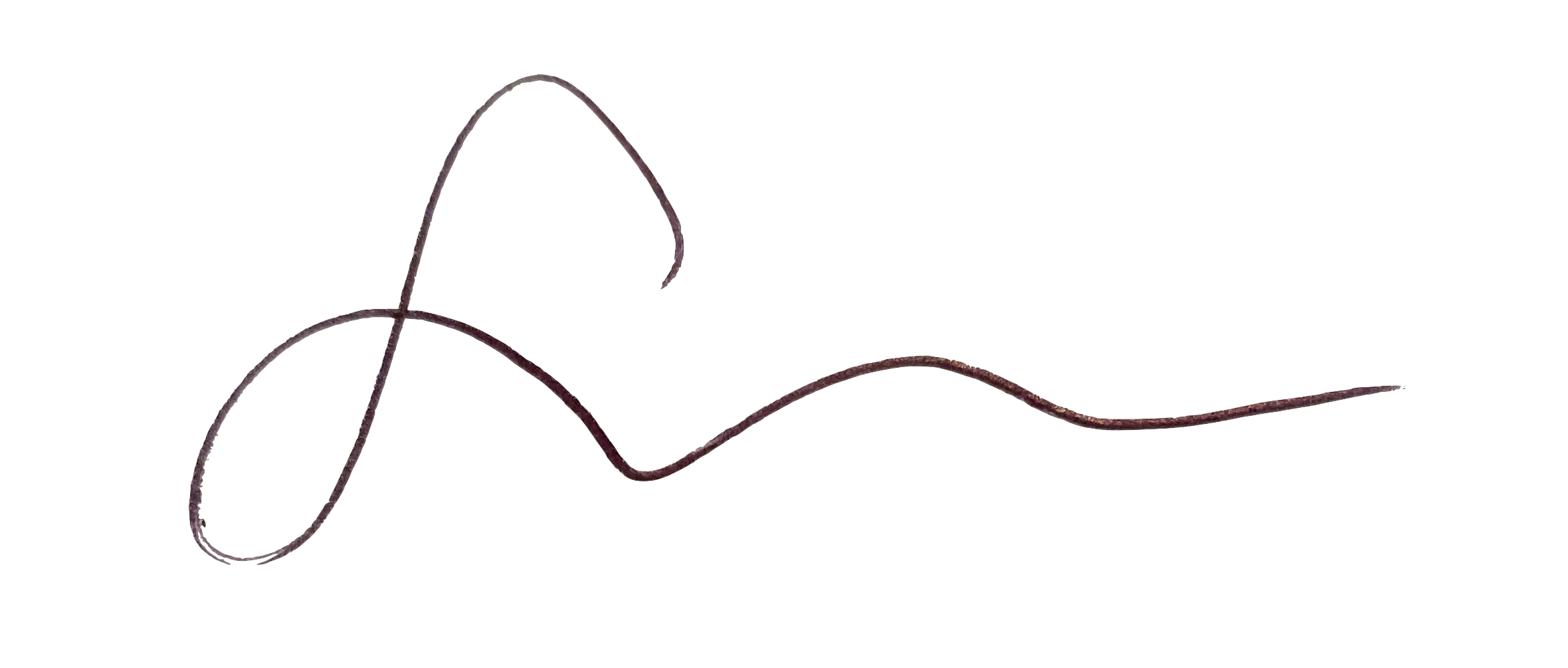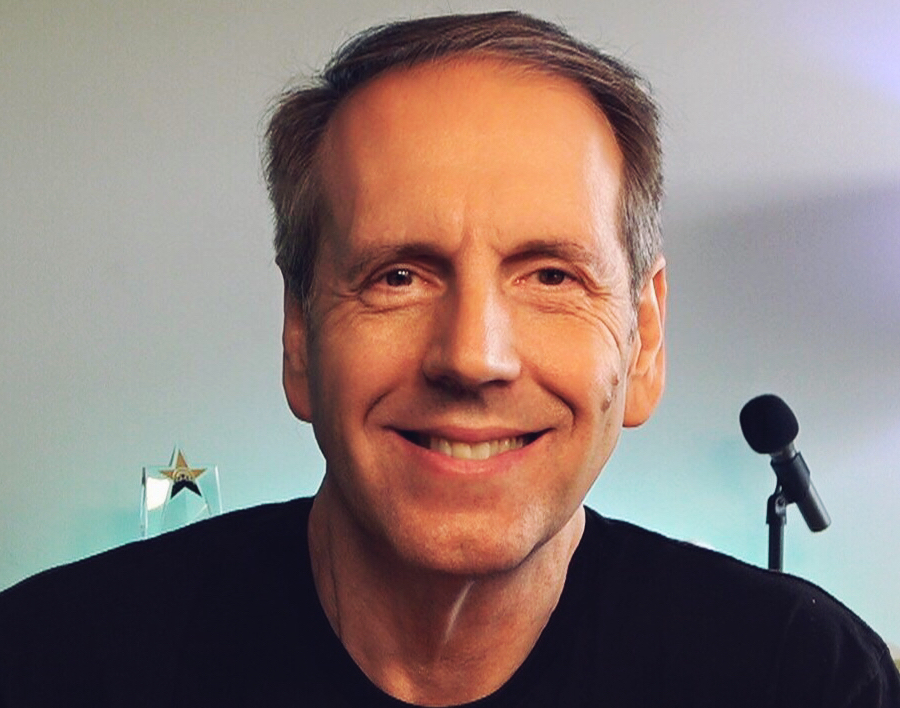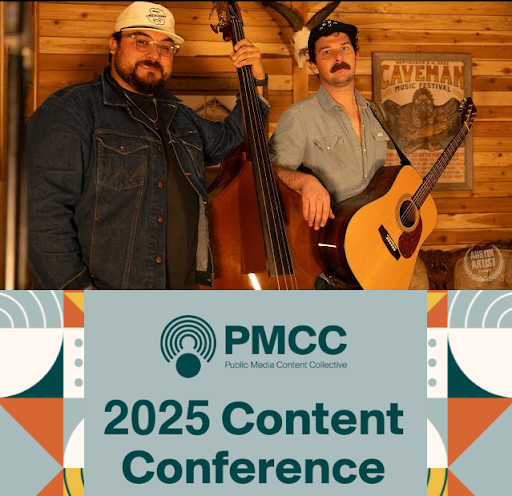
Audio first…with more options to grow – The Short Stack
“That’s a strength, not a weakness — that both things exist and are both called the same thing,” Mr. Glass said.
The above quote from podcast/radio legend Ira Glass, speaking to The New York Times, offers one angle on the question of video podcasting. In short: the more options, the better.
The debate is everywhere. That Times article took it to the nature of podcasting itself: “At the highest level, the audience for video podcasts is simply people who consume podcasts. ‘Who is watching these?’ said Eric Nuzum, a podcast strategist. ‘A person who loves podcasts who happens to be near a screen’.”
Granted, not all video podcast viewing is as passive as that – some content surely benefits from the visual. The point is both to get more people consuming podcasts, and to deliver them in a way that best serves the content. It bears repeating that audio alone is what first gave (and continues to give) this media its unique magic – that will never go away.
But ultimately, content is what really matters. Many people I know who aren’t “in the biz” don’t spend much time talking about format – they talk about their love of a show. And because so many people consume podcasts in so many ways, accommodating everyone is paramount.
Our friend Rob Greenlee weighed in last week: “The path forward in podcasting isn’t about picking sides—it’s about expanding possibilities”
I heard similar sentiments at the Podcast Show in London this past May. When Podnews editor-publisher James Cridland asked panelists “what is a podcast,” FlightStory’s Georgie Holt offered: “Trying too hard to label exactly what a podcast is and put it in a box is actually holding the industry back. Audiences want great shows/content -- let them call it whatever they want.” Fair point, but it should be noted that listeners aren’t the only interested party here; publishers still need distinctions and clarity, for example, to ensure they’re selling their ad inventory in a way that fits with the given channel.
But the big point remains: serving audiences in every way they enjoy podcasts is crucial. And more, deeply-engaged eyes and ears also means happier advertisers, who play their own critical role in ensuring these stories continue to inform and entertain us well into the future. Many just still need to be convinced, so we all need to continue to provide guidance like the above.
For more perspective on where this space is heading, be sure to catch our CSO Rockie Thomas’ conversation with The Podfather Adam Curry at Podcast Movement – schedule coming soon. https://2025.podcastmovement.com/schedule/
Best,
 Scott Klass , CMO
Scott Klass , CMO 

While growth was steady across the decade, the most significant surges occurred post-COVID, accelerated by the format’s perceived intimacy, rising listener numbers, and the development of more sophisticated attribution tools. The trend line indicates that advertisers now view podcasting not just as an experimental channel, but as a mainstream component of omnichannel media plans.

For video-first creators, the opportunity is huge, but just because your show looks great on screen doesn’t mean it’s ready to succeed as a podcast. Audio audiences need clarity, structure, and storytelling that works without visuals. Overlooking that can alienate listeners and dilute your message. But when done right? “A video-first show that respects the audio experience can reach audiences in both worlds.“


We say it a lot – our fantastic humans are just as critical to our business as the brightest, shiniest innovations, and we’re looking for more. Know any excellent marketing brains with super-strong chops in SEO, AEO (that is, “answer engine optimization,” which you now see in action every time you do a Google search), and other growth-related disciplines? Someone well-rounded enough to jump in on content, campaigns, and a lot more? We want to meet them! Bonus points if they know their way around podcast/streaming tech (including ad tech, of course).


Banding together to keep public media thriving is more important than ever. Education and knowledge sharing are key components, and with that, we’re proud to be heading to Salt Lake City on August 25 for PMCC’s 2025 Content Conference. The show brings the community together to learn from industry experts – and each other – so everyone has what they need to continue to keep fulfilling public radio’s critical mission.